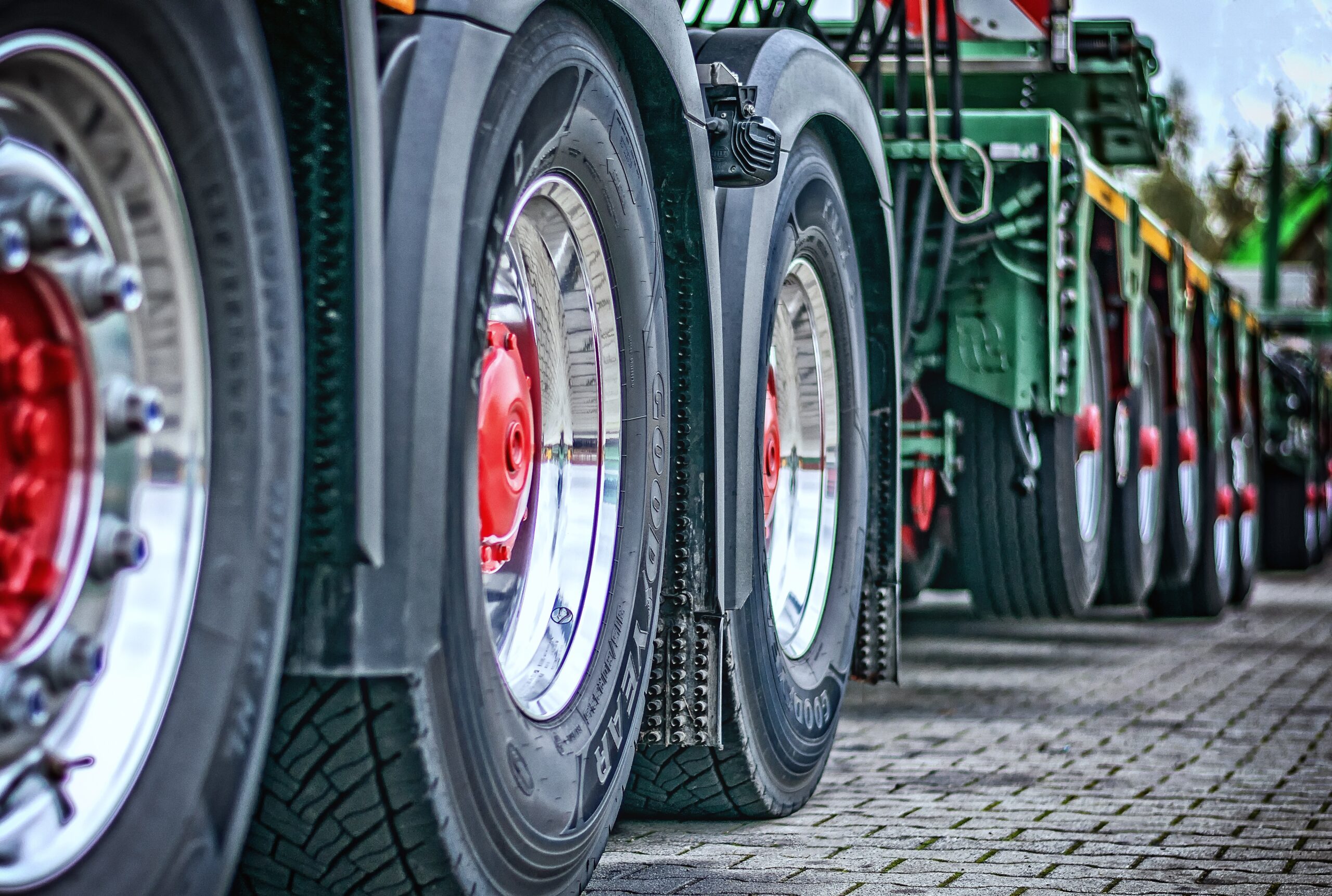
A tyre that can no longer be used for its original purpose is generally defined as an end-of-life tyre (ELT), although the UK specifies it as a tyre that no longer meets UK standards for use on public roads. Because ELTs are not biodegradable, their disposal is subject to regulations aimed at avoiding environmental damage, protecting wildlife and human life, preventing toxic chemicals from leaching, and reducing the likelihood of tyre fires.
When does a tyre reach end-of-life?
The legal tyre tread depth limit for cars in the UK and Europe is 1.6mm across the central three-quarters of the tyre, and along its entire circumference. Structural damage indicated by lumps and bulges, or cuts and tears bigger than 25mm, or 10% of the tyre’s width, can mean tyres are not road-legal. The same applies if part of the tyre’s ply or cord is exposed. When these legal requirements are no longer met, the tyre needs to be replaced.
ELT disposal is a growing problem
As a result of tyre replacement, between 1 – 1.8 billion ELTs are disposed of globally each year, amounting to about 3% of all waste materials collected. With global vehicle ownership growing, the number of ELTs is expected to rise, driven in part by the increase in passenger electric vehicles, whose greater average weight and acceleration tend to shorten tyre lifespans.
Risks of irresponsible disposal
In the past, ELTs in the UK and EU were dumped in landfill or burned to provide a low-grade heat source for industrial purposes such as cement kilns, generating dangerous or unusable by-products. Some were used by farmers to guard against flooding, for example. Others were simply stored. But when exposed to the sun, waste tyres release methane into the air, which is a potent greenhouse gas. Toxic chemicals contained in tyres can leach out and contaminate surrounding ground. Tyre fires are highly polluting and difficult to extinguish. These concerns led to environmental legislation such as the EU’s Waste Incineration Directive.
ELT exports to low and middle income countries
In the UK and EU, waste tyres need to be safely and responsibly stored, processed, recycled, or decomposed by means of pyrolysis. Increasingly however, due to limited capacity at home and lower costs abroad, ELTs are being exported to countries such as India for re-use or reprocessing. While Indian regulations prohibit the use of imported scrap tyres for pyrolysis, a BBC investigation suggested that many end up fuelling the country’s large informal network of batch pyrolysis plants, undermining the credibility of India’s extended producer responsibility scheme for waste tyres. It is argued, therefore, that the pollution and environmental issues associated with scrap tyres that spurred regulation in the West, have merely been shifted to low and middle income countries with less stringent regulations and enforcement.


